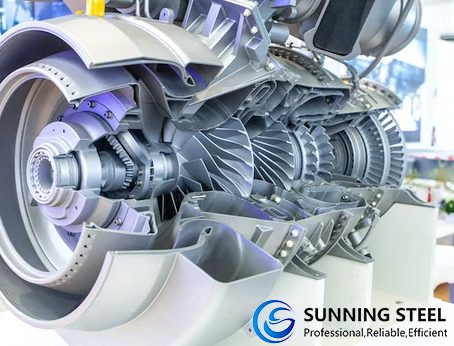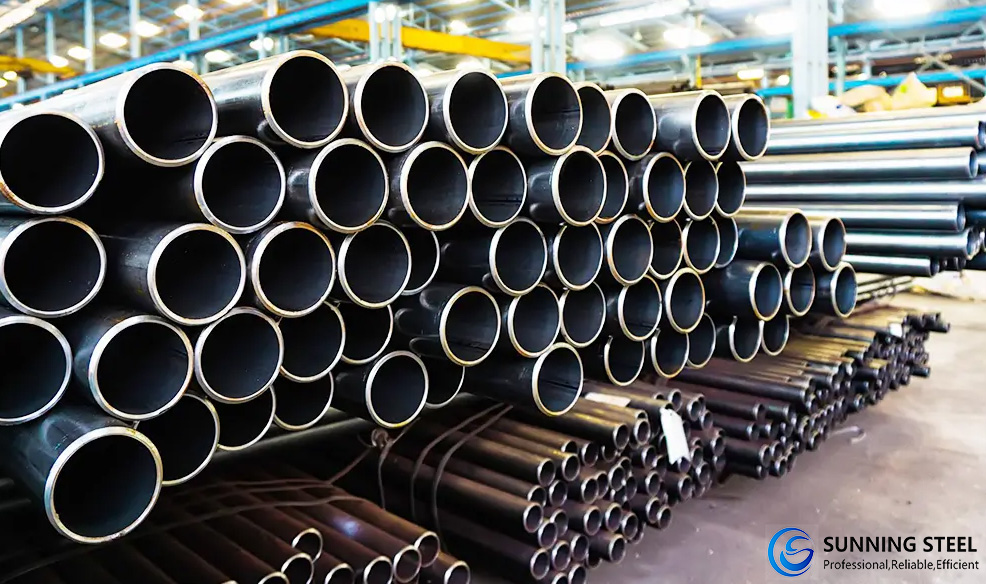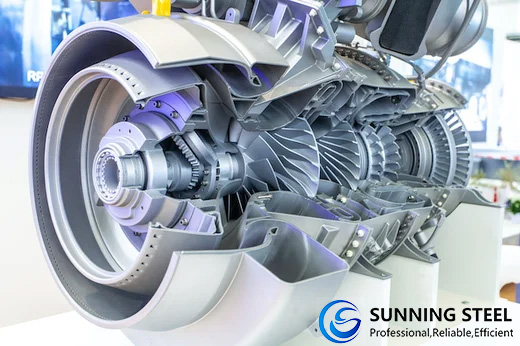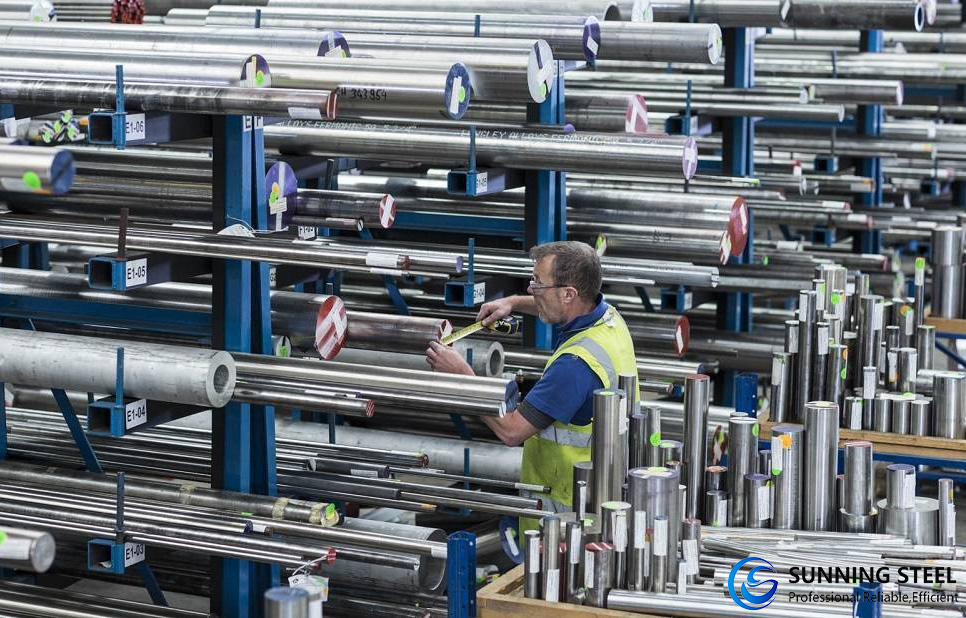
In the industrial production of purified terephthalic acid (PTA), equipment constantly faces severe challenges: high temperature, high pressure, and highly corrosive media such as acetic acid and bromides. Ordinary stainless steel struggles to withstand these harsh environments, while a special material called Hastelloy C-276 becomes the core choice for ensuring the long-term stable operation of the plant.
Hastelloy C-276 is a nickel-based alloy, understood as a high-performance special metal. Its main component is nickel, with the addition of key alloying elements such as molybdenum and chromium. This ingenious combination of elements gives it three core functions:
Simply put, C-276's characteristic is its ability to maintain its integrity and stability even in extremely complex and harsh chemical environments.

The table below shows the standard proportions of the main chemical components of Hastelloy C-276:
| Element | Content (wt%) |
| Carbon (C) | ≤0.010 |
| Chromium (Cr) | 14.5 - 16.5 |
| Silicon (Si) | ≤0.080 |
| Molybdenum (Mo) | 15.0 - 17.0 |
| Cobalt (Co) | ≤2.5 |
| Iron (Fe) | 4.0 - 7.0 |
| (d) | ≤0.040 |
| Tungsten (W) | 3.0 - 4.5 |
| Sulfur (S) | ≤0.030 |
| Vanadium (V) | ≤0.035 |
| Nickel (Ni) | Balance |
The core reaction environment of PTA production is high-temperature concentrated acetic acid + bromide. This perfectly matches C-276's expertise in corrosion resistance.
| Medium | Solute Concentration (%) | Test Temperature (°C) | Corrosion Rate of Different Alloys (mm/y) | |||
| C-276 Alloy | C-22 Alloy | C-4 Alloy | 625 Alloy | |||
| Acetic acid | 99 | Boiling | <0.025 | 0 | 0 | <0.025 |
| Ferric chloride | 10 | Boiling | 0.05 | 0.025 | 3.5 | 183.1 |
| Formic acid | 88 | Boiling | 0.025 | <0.025 | 0.05 | 0.225 |
| Hydrochloric acid | 1 | Boiling | 0.325 | 0.075 | 0.625 | 0.025 |
| Hydrochloric acid | 1.5 | Boiling | 0.8 | 0.35 | 1.6 | 8.825 |
| Hydrochloric acid | 2 | 90 | 0.025 | 0 | 0.775 | 0 |
| Hydrochloric acid | 2.5 | 90 | 0.3 | <0.025 | 0.85 | 1.8 |
| Hydrochloric acid + 42 g/L Fe₂(SO₄)₃ | 1 | 93 | 1.025 | 0.05 | -- | 5.95 |
| Hydrochloric acid + 42 g/L Fe₂(SO₄)₃ | 5 | 66 | 0.125 | 0.05 | 0.075 | 0.05 |
| Hydrochloric acid + 2% HF | 5 | 70 | 0.65 | 1.475 | 0.85 | 3.075 |
| Hydrofluoric acid | 2 | 70 | 0.225 | 0.225 | 0.425 | 0.5 |
| Nitric acid | 10 | Boiling | 0.175 | <0.025 | 0.175 | 0.025 |
| Nitric acid + 1% HCl | 5 | Boiling | 0.2 | <0.025 | 0.275 | 0.025 |
Critical equipment such as reactors, heat exchangers, tower internals, and piping valves in the plant will suffer from pitting or stress corrosion cracking, leading to unplanned shutdowns and huge losses. Using C-276 to manufacture these components eliminates such potential risks directly at the material level, ensuring safe, stable, long-term, full-capacity, and high-quality operation of the plant.

Due to its superior performance, Hastelloy C-276 is widely used in the core areas of PTA plants with the highest corrosion risk:

Therefore, the selection of Hastelloy C-276 is an inevitable technical decision based on the specific process conditions of the PTA plant. Through its inherent superior properties, it provides fundamental reliability assurance for the entire production system, making it a truly fundamental material and a key player in modern PTA plants.